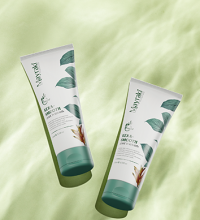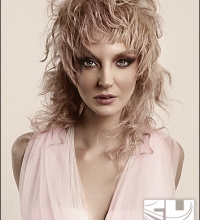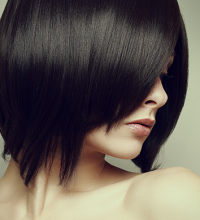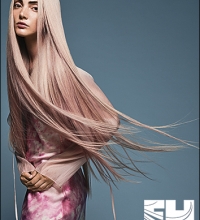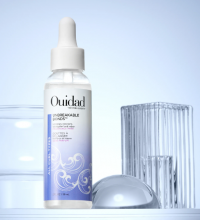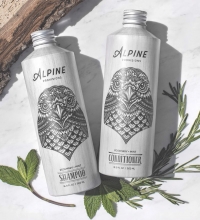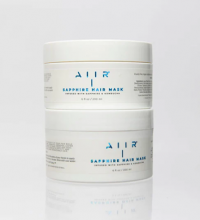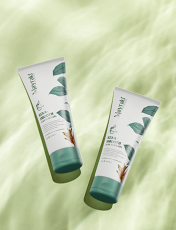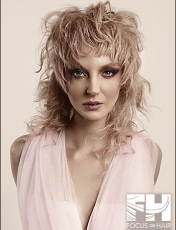How a Recent Study will Help Shape the Haircare Choices for People with Textured Hair
 Haircare is one of the fastest-growing categories in beauty with growth in the United States. It's partly driven by the healthy living movement, as consumers are becoming more health-conscious and looking for products that are better for them. According to Strategic Solutions International, a Chicago-based boutique business development consultancy, consumers are looking to embrace their natural hair. In addition, they are reducing the usage of certain hair care products that are associated with the heavy use of chemicals or other ingredients perceived to be harmful.
Haircare is one of the fastest-growing categories in beauty with growth in the United States. It's partly driven by the healthy living movement, as consumers are becoming more health-conscious and looking for products that are better for them. According to Strategic Solutions International, a Chicago-based boutique business development consultancy, consumers are looking to embrace their natural hair. In addition, they are reducing the usage of certain hair care products that are associated with the heavy use of chemicals or other ingredients perceived to be harmful.
Strategic Solutions International’s Founder & CEO Romina Brown is a respected strategic consultant with more than twenty years of sales, marketing, category management, and general business management experience across beauty and luxury markets. She believes that shifting demographics to a higher population of consumers with textured hair, one which typically requires increased consumption of products for daily styling, is also contributing to category increases.
In a recent beauty industry report called The Texture Continuum, Brown prepared a universal segmentation based primarily on hair texture in an effort to demonstrate market potential based on texture. The ultimate aim was to illuminate opportunities that haircare brands may be missing.
“We believe the inflection point is at the intersection of texture and culture. Manufacturers will eventually need to strategically respond to this change in the business environment or face deterioration,” said Brown.
This marketing pro believes that for the advancement of such niche products, the key players (hair care manufacturers) will need to focus on constant innovation in products with investments in research and development. Brown does not believe that manufacturers should abandon their core consumers to appeal to an audience they may not yet fully understand and/or who may not likely be users in their franchise. Instead, she says that the study is more about gaining a competitive advantage by future-proofing for emerging tastes and trends aligned with shifting demographics.
What does this mean for the consumer? According to Brown, nothing beats performance when women are making their decisions about preferred hair care products. Consumers must keep in mind that they should consider texture, curl pattern, porosity, and density when making product and/or regimen selections to care for their tresses. As some retailers make decisions to merchandise based on texture, consumers may be introduced to more options that make claims to suit their hair type. African American women (particularly those with coily or zig-zag coily hair) are most likely to prefer a separate hair care section, on the basis that it makes it easier to find suitable products and helps to ensure that stores carry an adequate assortment of multicultural products or brands.
“Women are looking for products that not only meet their needs but in some cases, they are seeking to align with brands that share the same cultural affinity and support the causes that are important to them. I believe the manufacturer who can effectively manage the confluence of texture and culture may likely emerge as a leader in this category,” Brown mentioned.
Did you Know?
82% of African American and multiracial women are wearing their hair natural.
Experimentation is the primary way that multicultural consumers learn which products and styles work for their hair texture.
Over the past decade, chemical straightening has declined in relevance to this consumer group.

